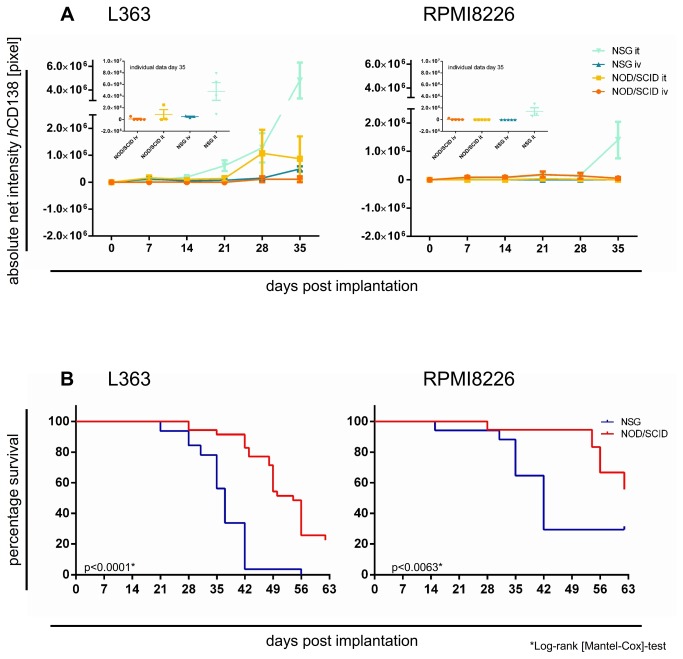Figure 3. A. Detection of human L363 and RPMI8226 cells in immunodeficient mice using hCD138 antibody labelled with Alexa750.
20 mice per cell line were engrafted with L363 or RPMI8226 via two different application routes (it and iv). Images were taken once weekly for five weeks after implantation of the respective MM cell line with the Kodak Image Station in vivoFX. Absolute net intensity (= pixel number within the region of interest) was markedly higher after L363 than RPMI8226 injection irrespective of the route of injection and genetic background of the recipient mouse (p<0.001). Moreover, NSG permitted higher engraftment than NOD/SCID irrespective of the injected cell line (p<0.002). B. Survival of NSG vs. NOD/SCID mice implanted with either L363 or RPMI8226 cells. 20 mice per cell line were engrafted with L363 or RPMI8226 via two different application routes (it or iv) in NOD/SCID or NSG mice (= 40 mice in total). Survival times of tumor bearing animals were monitored as an indicator of tumor burden. Survival of NSG compared to NOD/SCID after L363 or RPMI8226 injection was substantially shorter: the impact of the genetic background of the host was statistically significant for L363 (p<0.0001, Log-rank [Mantel-Cox]-test) as well as for RPMI8226 (p<0.0063*, Log-rank [Mantel-Cox]-test).

